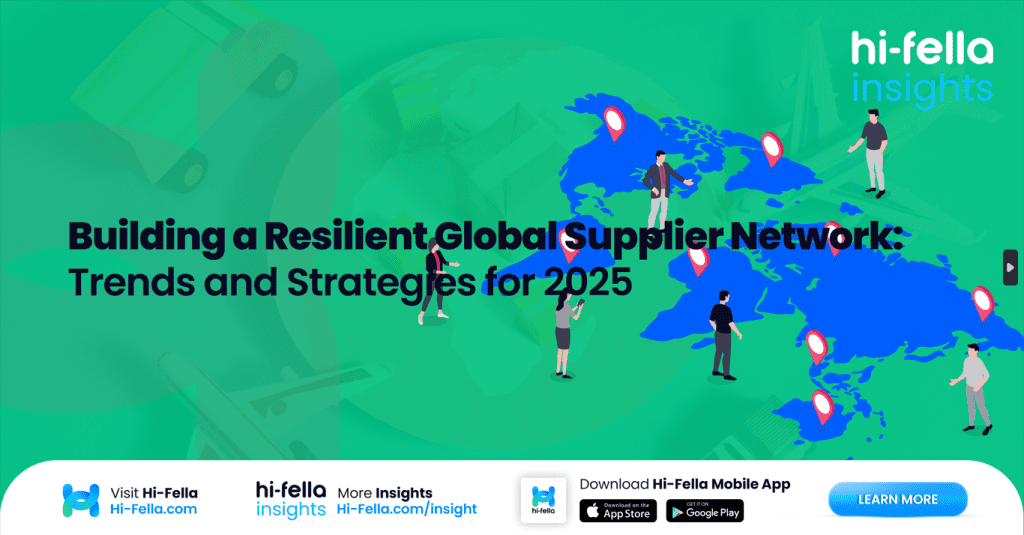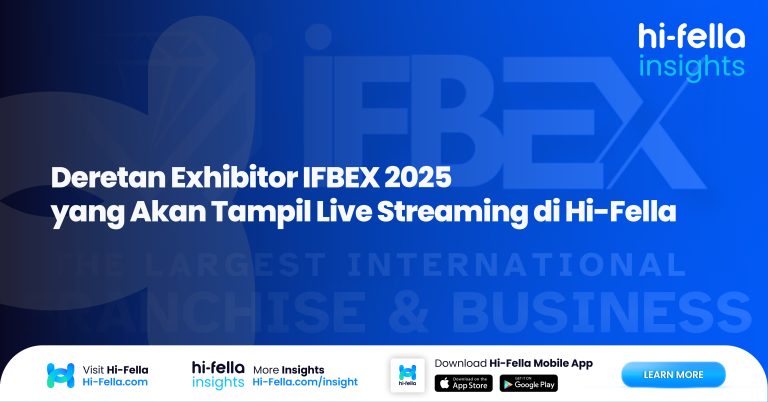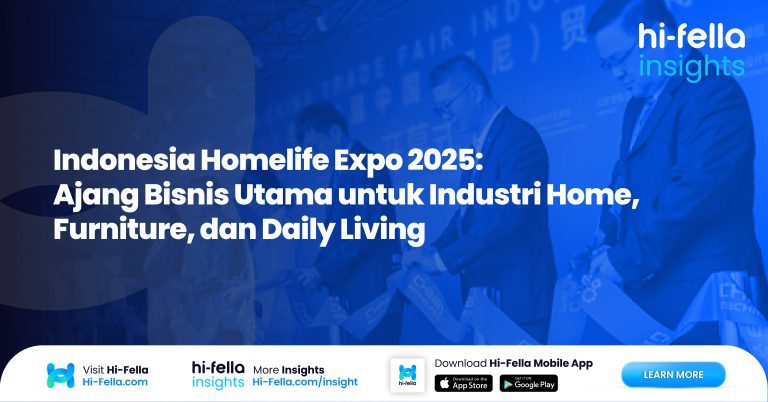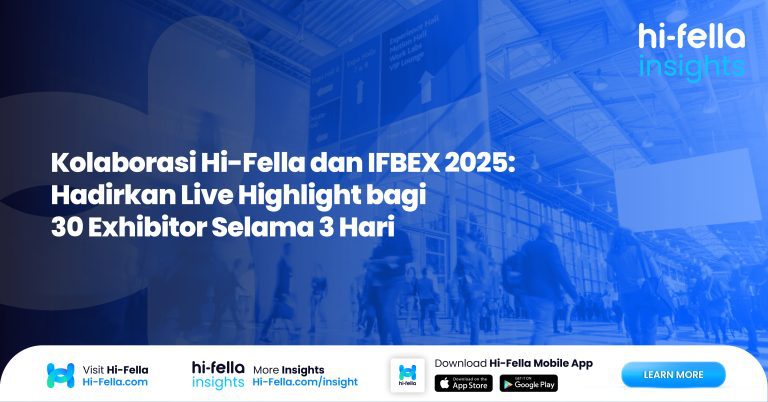Global supplier network and supply chains have endured a turbulent few years. From the COVID-19 pandemic and war-related trade disruptions to climate-induced catastrophes, the fragility of conventional supplier networks has been laid bare. In 2025, resilience is no longer a buzzword — it’s a strategic imperative.
Companies across industries are reimagining how they source, evaluate, and engage with suppliers. They’re embracing digital ecosystems, real-time insights, regional diversification, and trust-based partnerships. Platforms like Hi-Fella, which power Private B2B Showcases and automate compliance-intelligent trade interactions, are central to this transformation.
This article explores how resilient supplier networks are being built in 2025 — what trends are driving this shift, which technologies and regions are emerging, and how modern platforms are enabling smarter, faster, and safer sourcing.
The Rising Importance of Supply Chain Resilience in a Post-Crisis World
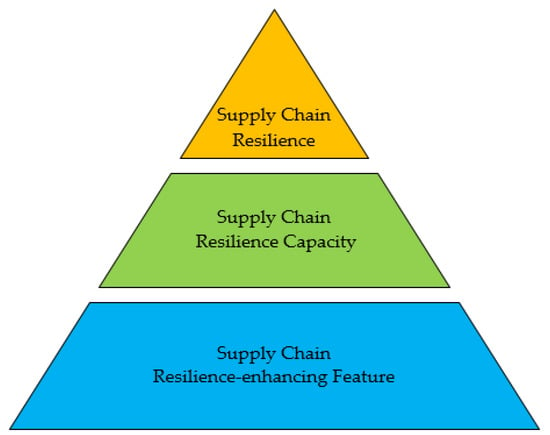
If the past decade has taught anything to global trade professionals, it’s that disruption is not an exception — it’s the new normal. The COVID-19 pandemic paralyzed logistics, the Russia-Ukraine conflict sent shockwaves through commodity markets, and climate-related disasters continue to threaten global food and energy supply chains.
This has prompted a redefinition of resilience: not just bouncing back, but bouncing forward with agility, visibility, and trust.
Traditional supplier relationships were built on scale and cost efficiency. Today, resilience is a competitive advantage, and companies are increasingly favoring partners who demonstrate proactive compliance, communication readiness, and flexible fulfillment capacity.
Hi-Fella embodies this shift through its Private B2B Showcases, where pre-vetted suppliers and buyers engage in purpose-driven, high-trust conversations. These curated events eliminate noise, fast-track negotiations, and reduce sales friction — allowing companies to fortify their supply chains with fewer, but stronger, connections.
Key Trends Shaping Global Supplier Networks in 2025
The supplier landscape is evolving rapidly, and several key trends are shaping procurement strategies worldwide:
1. Nearshoring & Friendshoring
Companies are increasingly relocating parts of their supply chains closer to home (nearshoring) or to geopolitically aligned countries (friendshoring). This shift is driven by a need to reduce exposure to global disruptions such as trade tensions, pandemics, and regional conflicts. By moving production and sourcing to nearby or politically stable countries, businesses are gaining more control over delivery times, reducing transportation costs, and improving supply chain resilience.
Friendshoring, in particular, emphasizes building supply chains in countries with shared political values, reliable governance, and stable trade relations. This not only enhances risk mitigation but also fosters deeper, more collaborative supplier relationships. It’s becoming a strategic choice for long-term stability rather than just a cost-saving measure.
2. Digital Procurement Platforms
Cloud-based procurement platforms are transforming how businesses source, contract, and manage suppliers. These platforms centralize key procurement functions, providing real-time visibility into supplier performance, automating compliance checks, and streamlining approvals. Features like e-sourcing, digital contract management, and AI-powered analytics empower procurement teams to make faster, more informed decisions.
As supply chains become more complex, digital tools are enabling greater agility and transparency. Integration with ERP systems and supplier networks allows for seamless data sharing, while customizable dashboards give stakeholders instant insights into spending, risks, and opportunities. In 2025, digital procurement is not just an efficiency tool—it’s a strategic enabler of competitive advantage.
3. AI-Powered Supplier Risk Analysis
Artificial intelligence is revolutionizing supplier risk management by enabling predictive insights. Advanced algorithms analyze vast datasets—including financial reports, news feeds, social media, and regulatory filings—to forecast supplier issues such as defaults, labor violations, or ESG non-compliance. This proactive approach allows procurement teams to act before problems escalate.
AI-driven risk scoring models are especially valuable in volatile markets or with suppliers operating in high-risk regions. By continuously monitoring changes in supplier profiles and external conditions, companies can diversify or switch vendors before disruption occurs. As a result, procurement is shifting from reactive to strategic risk management with AI as a core tool.
4. Blockchain-Based Traceability
Blockchain technology is gaining traction as a tool for end-to-end traceability in industries where product origin, safety, and integrity are non-negotiable—such as pharmaceuticals, food, and fashion. By creating a secure, immutable ledger of transactions, blockchain enables real-time verification of every step in a product’s journey, from raw material to consumer.
This level of transparency not only helps prevent fraud and counterfeiting but also ensures compliance with regulatory standards. For instance, in the pharmaceutical industry, blockchain can verify that a drug was stored under the right conditions throughout the supply chain. In 2025, businesses are leveraging blockchain not just for compliance, but also as a differentiator in demonstrating product authenticity and ethical sourcing.
5. ESG-Driven Compliance
Environmental, Social, and Governance (ESG) criteria have evolved from voluntary frameworks to procurement mandates. Companies, especially those operating in Europe and Japan, are now required to ensure their suppliers meet strict ESG standards. This includes everything from carbon footprint reporting and fair labor practices to anti-corruption measures and diversity initiatives.
Incorporating ESG into supplier evaluations has become essential for securing contracts, maintaining brand reputation, and attracting investment. Procurement teams are embedding ESG metrics into RFPs and scorecards, and many are turning to third-party ESG ratings or audits to validate supplier claims. In 2025, ESG is not just a checkbox—it’s a core component of sustainable and responsible supply chain strategy.
Hi-Fella integrates seamlessly with these trends by offering data-driven matchmaking, auto-generated compliance documents, and digitized multilingual presentations — enabling suppliers to enter markets with confidence and precision.
Data-Driven Supplier Management: From Visibility to Predictive Insights
In 2025, leading supply chains are powered by data, not guesswork. Brands like Unilever, Apple, and Nestlé have invested heavily in predictive dashboards and real-time analytics to manage multi-tier ecosystems.
Hi-Fella mirrors this approach through its smart showcase tools:
- Real-Time Buyer Engagement Metrics (e.g., click heatmaps on product slides)
- Smart Note-Taking and Live Translation during meetings
- Follow-Up Automation with built-in quote tools and audit logs
- Contract templates tailored for cross-border use
These features collapse months of procurement negotiation into days — and turn product discovery into decision-making almost instantly.
Regional Shifts in Global Trade Dynamics: What Traders Should Watch in 2025
The global trade map is being redrawn. Key developments include:
- U.S.-China trade tensions prompting sourcing shifts to Southeast Asia and Latin America.
- ASEAN growth, especially in Vietnam and Thailand, as electronics and textile hubs.
- EU Green Deal and Carbon Border Adjustment Mechanism (CBAM) affecting importers of carbon-intensive goods.
- Africa’s emergence as a competitive supplier region — particularly East Africa — in apparel, agriculture, and tech assembly.
According to World Bank projections, regions like India, Mexico, and Kenya are seeing double-digit annual growth in supplier registrations. Platforms like Hi-Fella support exporters entering these markets by providing localized compliance checklists, document templates, and partner suggestions for regulatory navigation.
The future of supply chain strategy is being written today — and it favors the agile, the informed, and the digitally connected. As companies recalibrate their global supplier networks to navigate uncertainty, resilience is no longer reactive — it’s strategic.
By embracing trends like digitisation, ESG transparency, and regional diversification — and by partnering with platforms like Hi-Fella — traders can build smarter, faster, and safer global networks.
Join Hi-Fella to Connect with Suppliers and Buyers Around the World
Hi-Fella is more than a digital platform. It’s a smart trade infrastructure that helps suppliers and buyers skip the cold calls, crowded expos, and chaotic directories — and jump straight into high-conversion, trust-based negotiations.
With Hi-Fella, traders can:
- Match intelligently with verified, intent-driven partners
- Showcase products through multilingual, compliance-ready presentations
- Accelerate deals with real-time engagement, post-showcase tools, and contract templates
- Navigate compliance with dynamic, country-specific export guidance
From organic textiles in India to medical devices in Germany, Hi-Fella has helped businesses land six-figure deals in record time — because it understands that in 2025, precision outperforms scale.
